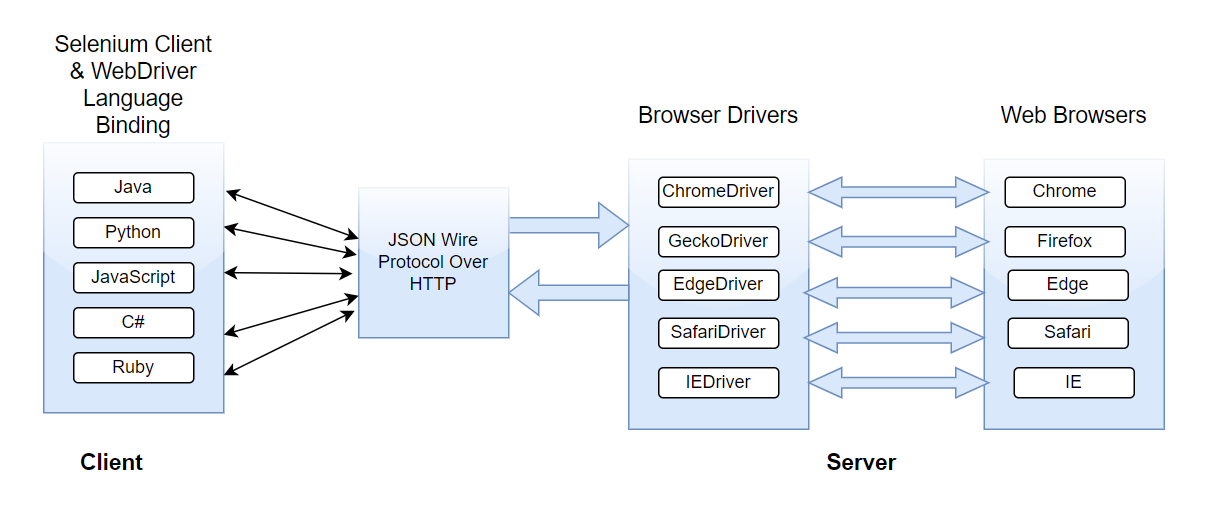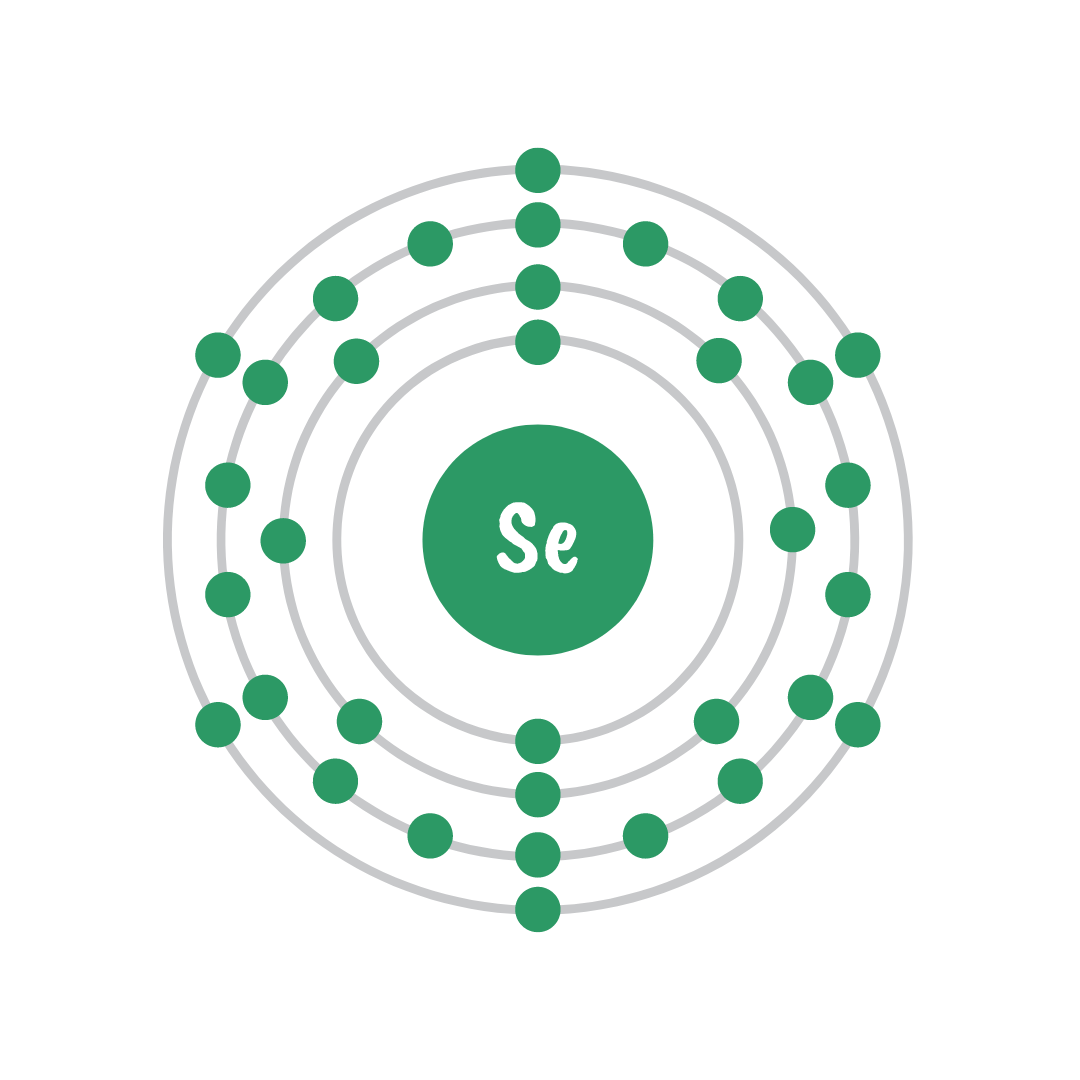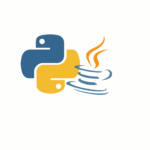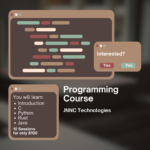Selenium WebDriver + Java. Complete step by step course.
Selenium training in Vizag
Selenium Java course in vizag | selenium python course in vizag
Complete course where you will learn automation testing using Selenium WebDriver + Java from scratch.
What you’ll learn
- Complete understanding of basic to expert Java concepts with practical implementation
- Automate tests using Selenium WebDriver and Java
- You will have required skills to automate any web application
- With all this knowledge gained, you should be easily able to clear Selenium Automation interviews

Selenium training in Vizag.
Course content
Introduction
- Automation Testing
- Advantage of Automation Testing
- Disadvantages of automation testing
When we should automate testing?
Java Core
- What Java is and How it works
- Installation and Configuration
- Installation IDE
- Hello World Program
- Variables. Primitive Data Type
Variables. Non-Primitive Data Type
While Loop
Do … While
For Loop
If Statement
ArrayList
Selenium Web Driver
- What is Selenium?
- Selenium Architecture
Advantages and Disadvantages
Installation and Configuration
Locating Web Elements
Intro to Locating WebElements
Basics of HTML
Locating strategies
Locating By “className”
Driver Commands
Intro
get() command
getTitle() command
getCurrentUrl() command
getPageSource() command
Close() and quit() commands
Practice Exercise 1
navigate().to() – command
navigate().forward() and navigate().back() – commands
Practice Exercise 2
Web Element Commands
WebElement
click()
sendKeys()
clear()
submit()
Visibility methods
isSelected()
isEnabled()
isDisplayed()

Selenium training in Vizag
Creating a complete step-by-step course for Selenium WebDriver with Java is quite extensive, but I can provide you with a basic outline to get you started. You can then expand on each section with detailed explanations, examples, and exercises as needed
Selenium training in Vizag

- Introduction to Selenium WebDriver:
- Overview of Selenium WebDriver and its benefits.
- Setting up the development environment (installing Java, Eclipse IDE, and Selenium WebDriver).
- Writing your first Selenium WebDriver test script.
- Locators in Selenium:
- Introduction to locators (ID, Name, Class Name, Tag Name, Link Text, Partial Link Text, CSS Selector, XPath).
- Best practices for choosing locators.
- Hands-on exercises to practice using different locators.
- Working with WebElements:
- Interacting with different types of WebElements (input fields, buttons, links, dropdowns, checkboxes, radio buttons).
- Performing actions on WebElements (click, type, select, submit).
- Handling dynamic elements.
- Synchronization in Selenium:
- Understanding implicit and explicit waits.
- Handling synchronization issues (e.g., slow loading elements, AJAX calls).
- Using fluent waits.
- Handling Alerts, Frames, and Windows:
- Switching between frames and windows.
- Handling different types of alerts (simple, confirmation, prompt).
- Handling Dropdowns and Multiple Selects:
- Working with dropdowns and select elements.
- Handling single and multiple selections.
- TestNG Framework:
- Introduction to TestNG and its advantages over JUnit.
- Setting up TestNG in Eclipse.
- Writing and executing TestNG test cases.
- Annotations in TestNG (e.g., @BeforeSuite, @BeforeTest, @BeforeClass, @BeforeMethod, @Test, @DataProvider, @Parameters).
- Data-Driven Testing:
- Reading data from external sources (Excel, CSV, databases).
- Implementing data-driven tests using TestNG DataProvider.
- Page Object Model (POM):
- Introduction to the Page Object Model design pattern.
- Creating Page Objects for different web pages.
- Implementing POM in Selenium WebDriver tests.
- Handling File Uploads and Downloads:
- Uploading files using Selenium WebDriver.
- Downloading files using Selenium WebDriver.
- Handling Cookies:
- Working with cookies in Selenium WebDriver.
- Logging and Reporting:
- Implementing logging in Selenium tests.
- Generating test reports (e.g., using ExtentReports).
- Parallel Test Execution:
- Running tests in parallel using TestNG.
- Integration with Continuous Integration (CI) Tools:
- Integrating Selenium tests with Jenkins for continuous integration.
- Best Practices and Tips:
- Best practices for writing maintainable and scalable Selenium tests.
- Tips for improving test performance and reliability.
This outline provides a structured approach to learning Selenium WebDriver with Java. You can add more topics or dive deeper into specific areas based on your requirements and the complexity of the projects you’re working on.






 Previous Post
Previous Post Next Post
Next Post